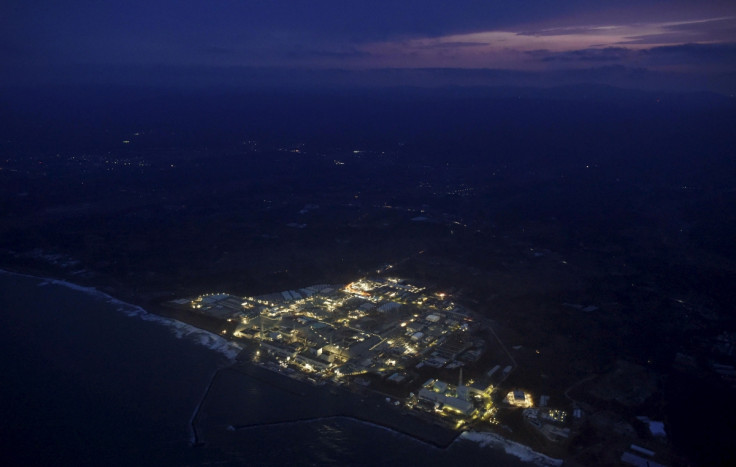Fukushima: Underwater robot captures photos of possible melted nuclear fuel inside reactor
Previous attempts to find fuel deposits have not been successful due to extremely high radiation levels.
A small underwater robot has captured images of what could be melted nuclear fuel deposits inside a damaged reactor at Japan's destroyed Fukushima nuclear plant. The small robot, dubbed "Little Sunfish", found large amounts of solidified, lava-like lumps of material that could contain fuel on the bottom of the primary containment vessel underneath the core of Fukushima's Unit 3 reactor, the plant's operator Tokyo Electric Power Company (Tepco) said on Friday (21 July).
The massive earthquake that struck near Japan in March 2011 triggered a devastating tsunami that destroyed the plant and caused one of the worst nuclear disasters since Chernobyl. More than 200,000 people were forced to evacuate their homes due to nuclear contamination concerns.
Locating fuel debris in each of the plant's three damaged reactors is crucial to the costly decommissioning process that is expected to take decades. Previous attempts to find melted fuel deposits at units 1 and 2 have not been successful due to damage and extremely high radiation levels.
The fuel rod assemblies were initially located inside a pressure vessel that was enclosed by the primary containment vessel of the Unit 3 reactor. After the tsunami hit and the plant lost power, the rods melted into a puddle and burned through the bottom, Japan Times reports.
Tepco said there is a "high possibility" that the solidified objects found hanging "like icicles" around the control rod mechanism attached to the bottom of the reactor's pressure vessel, which holds the core, are mixtures of melted metal and fuel that fell from the vessel.
The robot also captured images of lumps of material that seemed to have melted and resolidified near the wall of the concrete pedestal that supported the pressure vessel.
"From the pictures taken today, it is obvious that some melted objects came out of the reactor," Tepco spokesman Takahiro Kimoto said, Japan Times reports. "This means something of high temperature melted some structural objects and came out. So it is natural to think that melted fuel rods are mixed with them.
"In that sense, it is possible that the melted objects found this time are melted fuel debris or probably around it."
Underwater robot locates possible melted fuel inside #Fukushima reactor - a key step in the decommissioning process https://t.co/sPaRX8pItK pic.twitter.com/RgSJcpcHPG
— AFP news agency (@AFP) July 23, 2017
He said the operator will take time to further analyse the deposits, determine if they are former fuel rods and decide how to remove them from the reactors. Efforts to remove the fuel deposits are slated to begin sometime after the 2020 Tokyo Olympics.
The findings come after a three-day probe inside Unit 3 by the small 30cm, remote-controlled robot that weighs about 2kg. Developed by Toshiba and the International Research Institute for Nuclear Decommissioning, the swimming robot features two cameras and a dosimeter to measure radiation.
"It's still just the beginning of the (decades-long) decommissioning," Kimoto said, the Associated Press reports. "There is still a long way to go, including developing the necessary technology. But it's a big step forward.

© Copyright IBTimes 2025. All rights reserved.





















